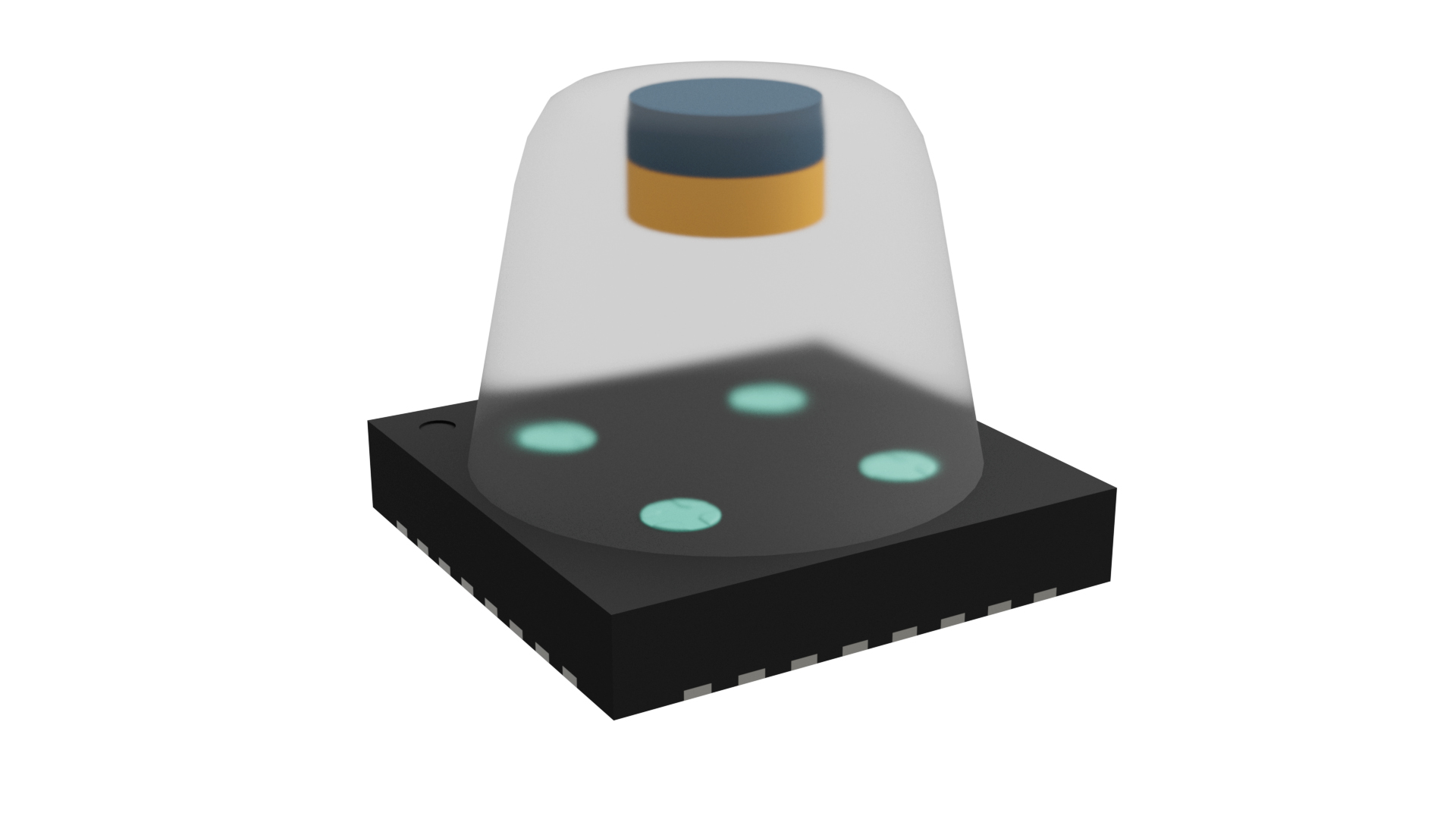
“They monitor main device blocks, supply voltage and temperature, with a third lower current output state,” according to the company. “This enables them, as a ‘safety element out of context’ [SEooC] to support ISO 26262 functional safety system integrations.”
Applications are foreseen in automotive proximity sensing, such as seatbelt buckles, gear positioning, wipers and door closures.
They are:
- AH3241Q unipolar, 90Gon to 70Goff, 14.5mA off to 6mA on (inverted output)
- AH3242Q unipolar, 60Gon to 40Goff, 6mA off
- AH3243Q unipolar, 45Gon to 28Goff, 6mA off
- AH3280Q latching, 18Gon to -18Goff, 3.3mA off
- AH3281Q latching, 18Gon to -18Goff, 6mA off
- AH3282Q latching, 30Gon to -30Goff, 3.3mA off
All are activated by a magnetic south pole.
Unipolar switches operate when flux density exceeds a certain value (see list above), then the output is held until the flux density falls below a second value.
Latching switches operate when flux density exceeds a certain value, then the output is held until the flux density is reversed to a more negative than a negative threshold.
All increase their current consumption to 14.5mA when ‘on’, except the AH3241Q which is inverted and reduces current when ‘on’.
In all cases, a current of 1mA indicated a fault has been detected.
Operation is across 2.7 to 27V (±32V abs max) and -40°C to 150°C. A chopper-stabilized design keeps typical drift to 1,100ppm/°C “while mitigating errors from possible package stress”, said Diodes.
Protections include 8kV HBM ESD, under-voltage lock-out, reverse battery protection (above) and over-temperature shut-down with automatic restart.
Packaging is three pin SC59 or through-hole SIP-3, with one pin not connected.







